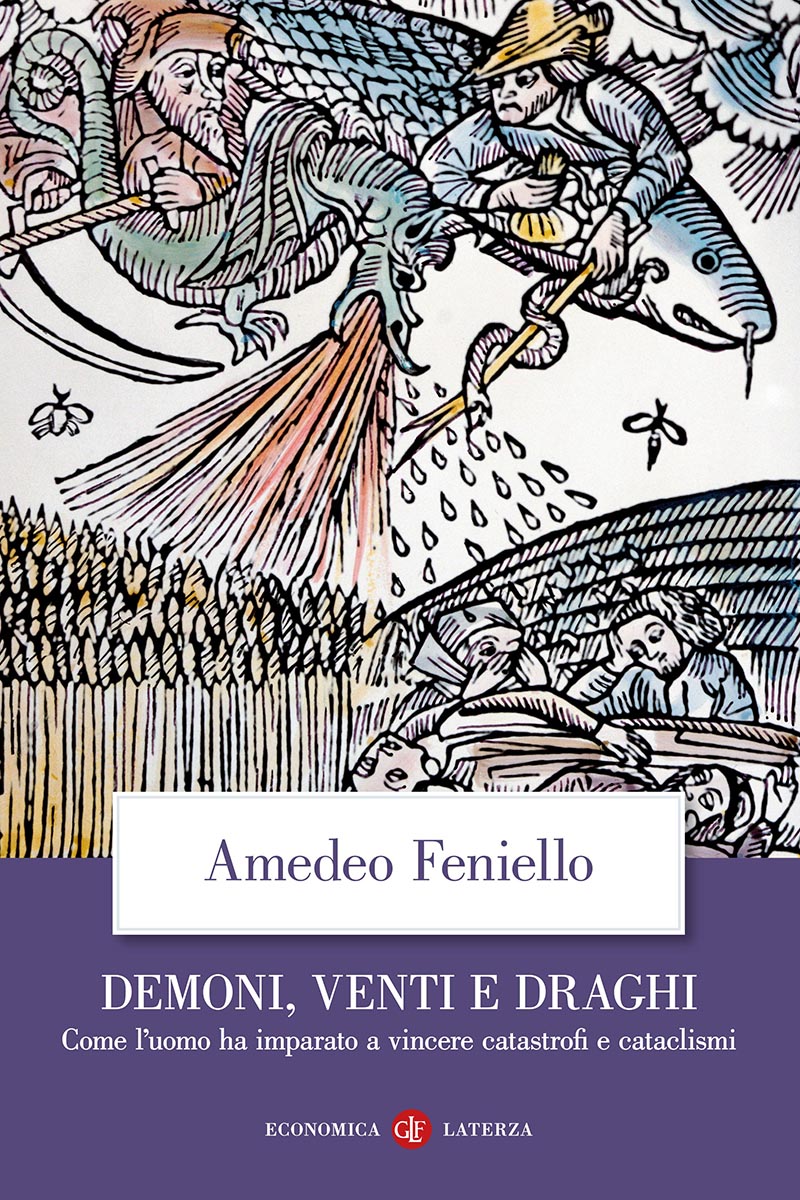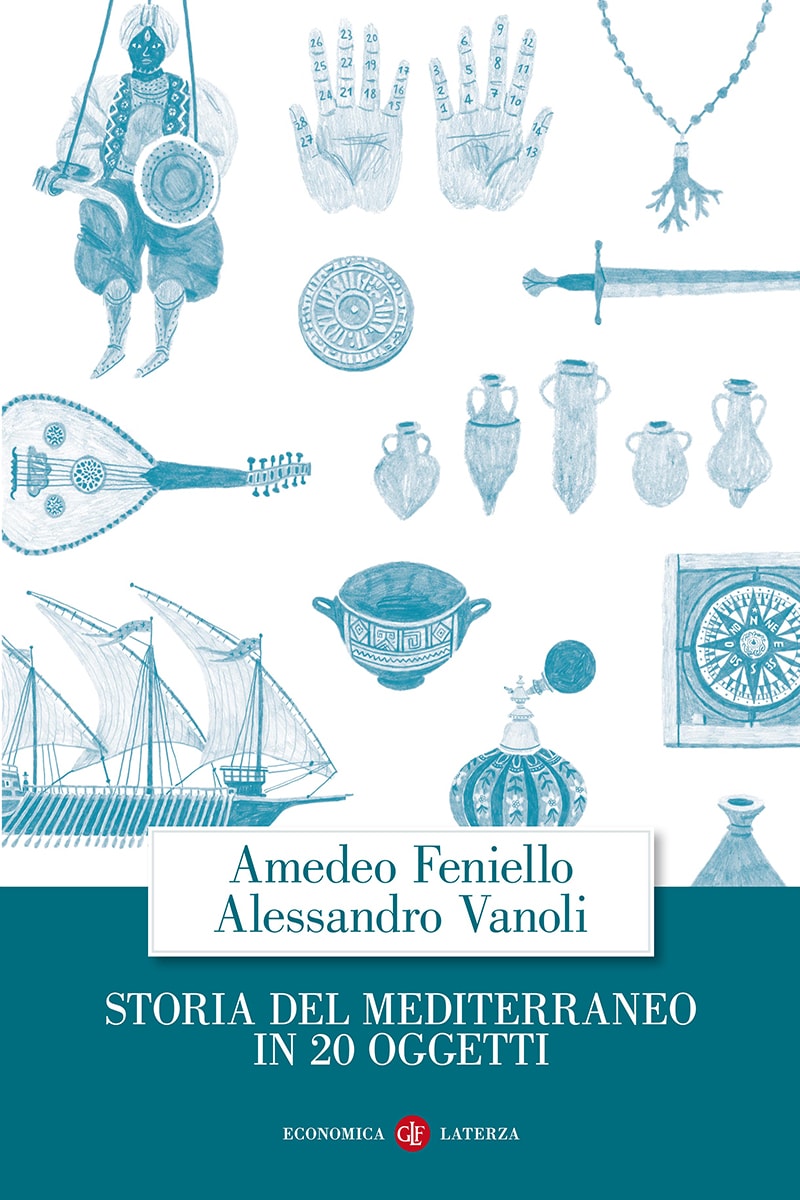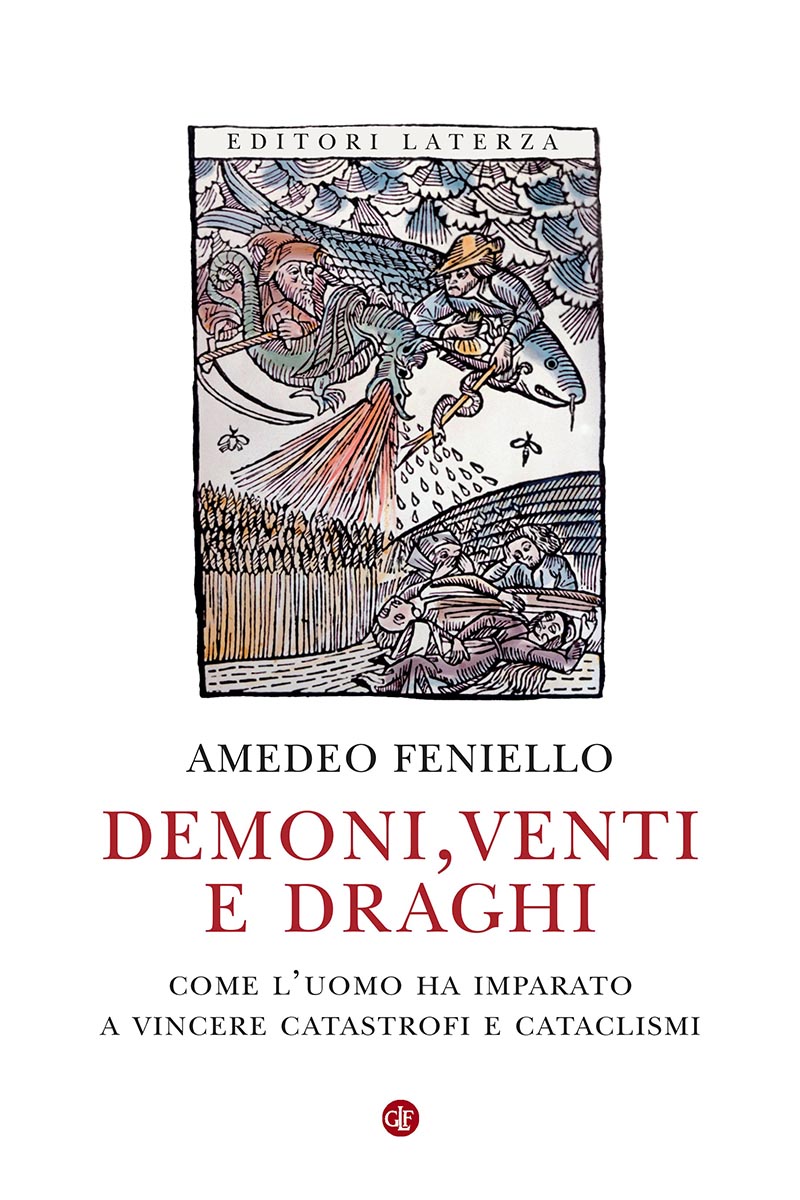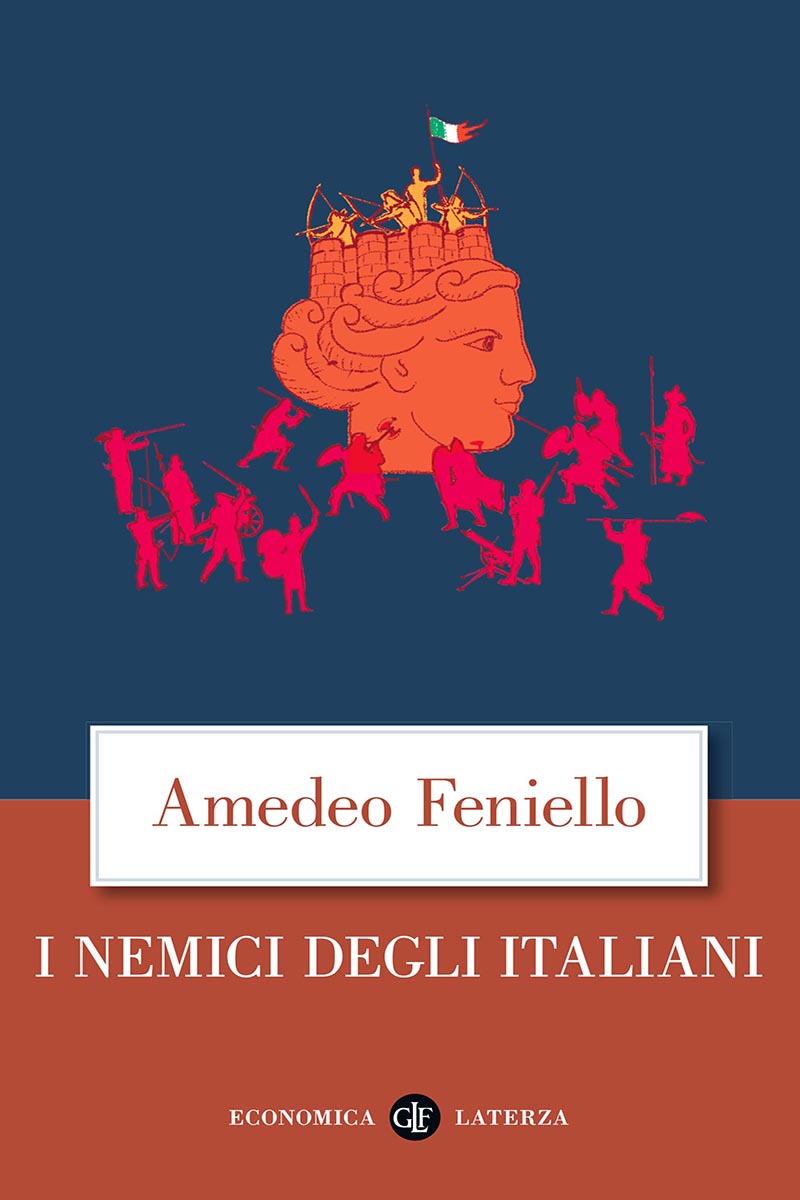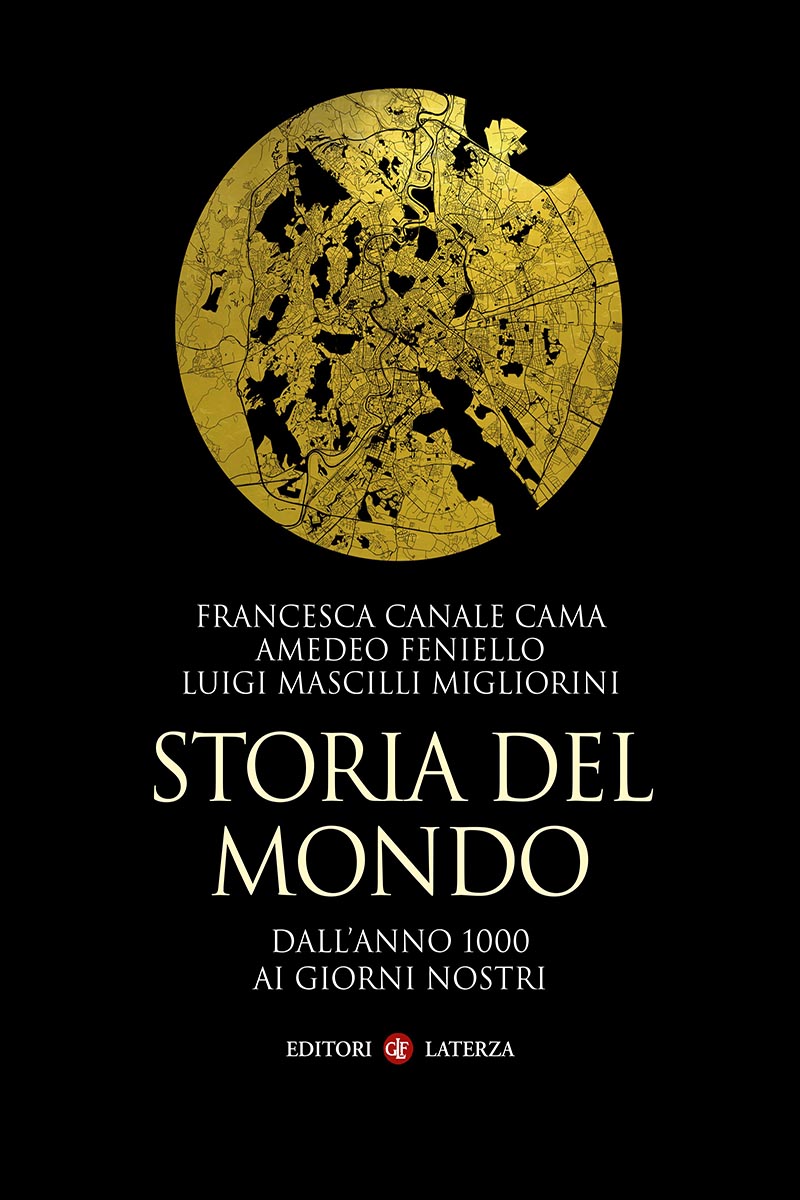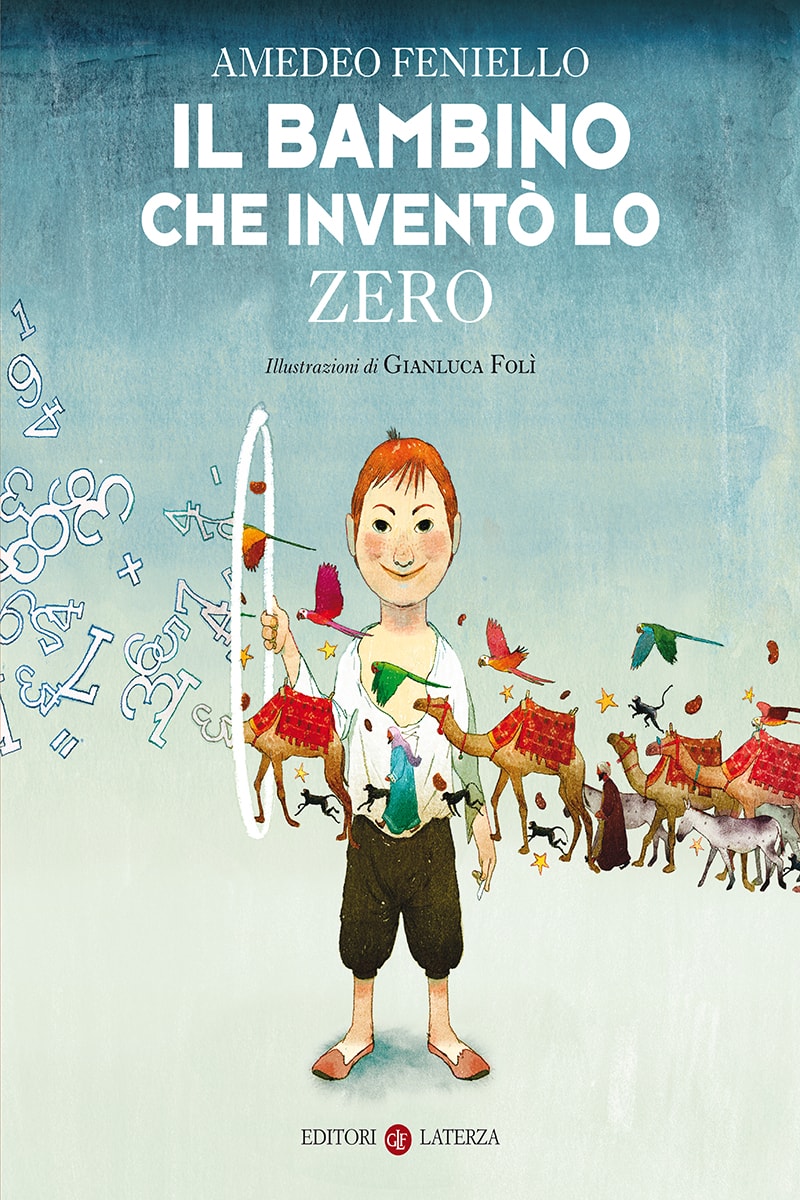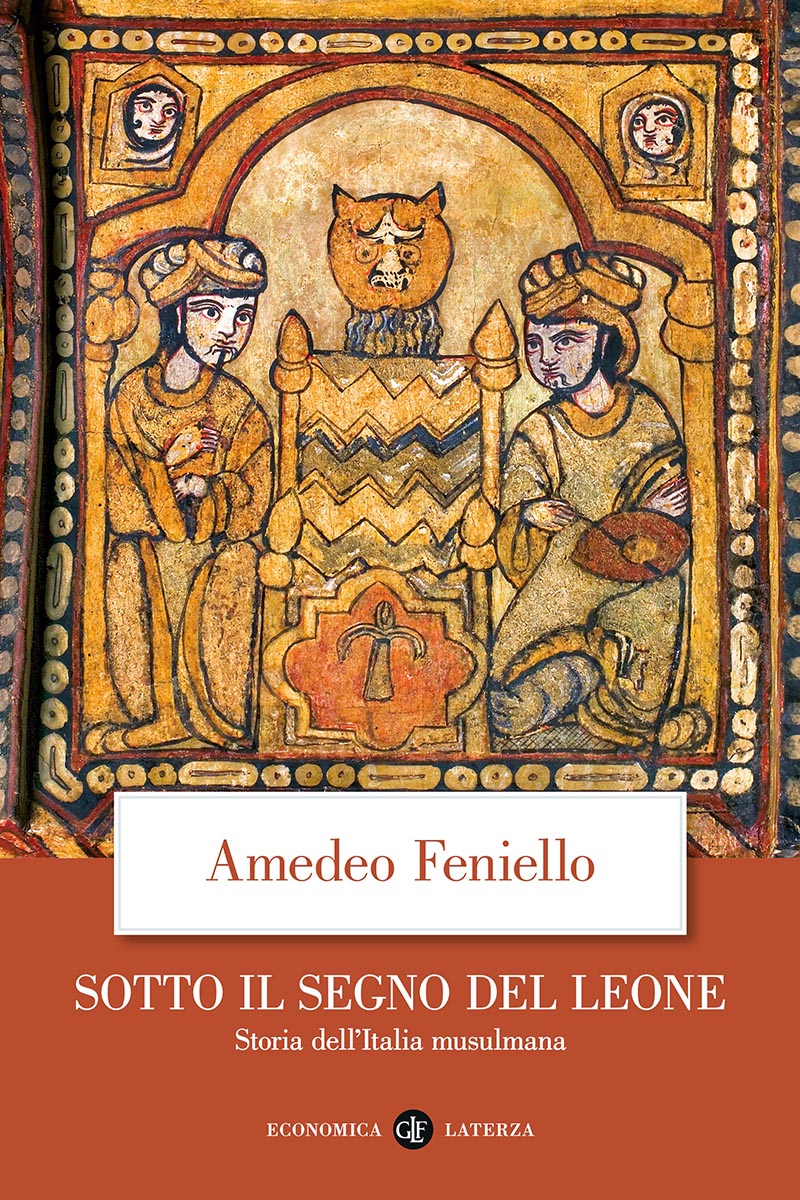
Pages: 312
Series: EL
ISBN: 9788858111413
Under the sign of Leo. A history of muslim Italy
The Italian peninsula is a natural wharf, a bridge and an ancient flowing road amid Africa, Asia Minor and Europe, and during the centuries it generated infinite affairs of landfalls and plundering, settlements, contacts and clashes. Amedeo Feniello masterfully exposes how Italy, between the IX and the XIV century, became part and parcel of a world made of soil, water, sails and wind, a world dominated by the Arab-Berber presence. Tales of warriors, raiders, princes, mystics, merchants, slaves: from the epic of emirs and of the Norman conquerors, through the glory of Roger and Frederick’s courts till the Muslim tragedy of Lucera.
Franco Cardini
«Fantastic and pragmatic: that’s the Muslim dream of Sicily. The island touched and travelled by the Muslims in the late spring of the year 827 - when their conquest began- was the land they had been desiring and waiting for. Anything but abandoned, it was still the tough granary of the Byzantine empire: a deeply Hellenised land, rich with monasteries and culture; a lively and still urbanised society whose important capital, Syracuse, still hosted the main administrative offices and the Greek patriarch’s representative, the bishop. It was a land of immigration from all the Mediterranean hot-spots, flourishing with business opportunities and people of different nationalities and ethnic backgrounds, from the Eastern to the Southern Italian type».
The Muslim presence in Italy did last more than a dream: almost five hundred years, from the beginning of the IX century to 1300 a.d. During this period a major part of Italy became more East than West, more Africa and Asia than Europe: the furthest, civilised and evolved end of one world stretching from Córdoba to the Ganges’s banks. An inconvenient Italy in a way, where many generations lived and prayed the same god from different horizons. A world born on the intersections of cultures, habits, mindsets and beliefs that have always been in contrast, always opposing each other except for sometimes, when they could coexist and research a common balance and their respective room for tolerance and survival.

